‘Such disrespect’: Diane Abbott row looms over race for Hackney North seat
On a bright sunny June afternoon, sunlight bounces off Thomas J Price’s Warm Shores, a pair of 9ft bronze statues of a man and woman that stand proudly outside Hackney town hall as a celebration of the Windrush generation.
The statues had a great view when Diane Abbott, whose Hackney North and Stoke Newington constituency sits just to the north, made a speech confirming she was determined to stand again as an MP after a major row with Labour.
The party’s treatment of Abbott – who had the Labour whip removed last year after she wrote that Jewish people, Irish people and Travellers experienced prejudice but not racism, before withdrawing her words and apologising – has been one of the most divisive storylines in the election campaign so far.
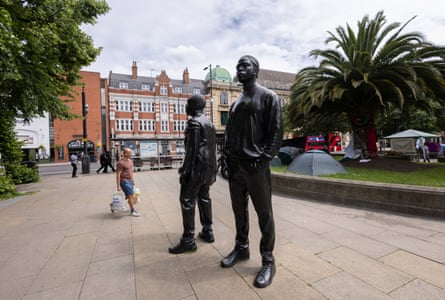
No one is betting against Abbott, who has been the local Labour representative for 37 years and was the first ever black British female MP, winning this east London seat and retaining a big majority. But the question of what damage has been done to Labour’s relationship with black voters lingers in the constituency, and more widely.
The legacy of the Windrush generation, who came from the Caribbean to the UK between 1948 and 1970, is easy to see in the area today: just over 20% of the constituency are black, and their votes could be key this election.
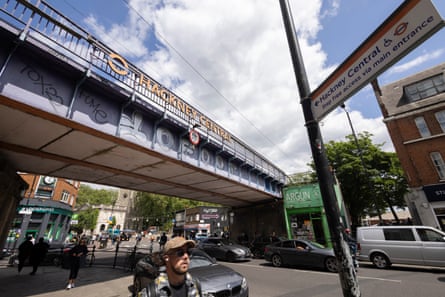
David Weaver, the co-founder and chair of Operation Black Vote, said the Abbott row had left many black voters feeling “despondent” at a time when they could prove decisive in key marginals, such as Jon Cruddas’s seat of Dagenham and Redbridge, farther east, where he has a majority of just 293 and where the black population totals 15,000.
“People have felt that there’s such a level of disrespect to what’s happened to Diane by the Labour party,” he said. “People look at that situation and say: ‘That’s what’s been happening to us,’ whether that’s interactions with schools, the police or politicians.”
In May, the Voice newspaper published analysis claiming that 75% of the 100 seats with the most substantial black presence could be swung on 4 July.
In London, nearly half of constituencies have a black population larger than the 2019 election majority in the seat, with the newspaper declaring “even moderate swings in the black vote could sway the next result”.
Just up the road at Ridley Road market, a historic trading centre with dozens of stalls selling Caribbean and African food, clothing and jewellery, the Abbott row is being eclipsed by another overarching theme: the cost of living crisis.
“At this time usually you’d see lots of people here buying produce but they aren’t here because people don’t have money,” says Benedicta Amadarkoa, who sells fried fish.
Amadarkoa can measure the impact of inflation by how much her tilapia – a fresh water fish from west Africa – costs from wholesalers. A couple of years ago it was £18 for 10kg, but that has risen to £35. “You could sell it cheap, it’s huge fish and people liked it. But now people say it’s too expensive.”

A little further down the market, Anne , who did not want to give her surname, is struggling to cover the £2,000 rent on her grocery shop. “I’m scared as the month passes that I don’t have enough money to pay the rent. I’m not talking about paying myself, just the rent. It’s very stressful, it’s too much.”
There is a feeling that the walls are closing in on Ridley Road, not just for the stall owners but for the market itself. Dalston, where Ridley Road Market sits, has become synonymous with gentrification over the last decade.

Developments are going up all around the market and many of the large terrace houses that abut it have been renovated; the average price for a terrace was more than £1m in 2023, according to Rightmove.

Jacob Addo, who is looking after a Ghanaian food store that his mother has run for 23 years, says he is still undecided as to which way he’ll vote. His biggest preoccupation is not Abbott, a politician whom he calls “monumental”, but the cost of living in London.
“I want there to be a structure to help with buying a house or even renting, something to help us manage life a bit better,” he says. “All I’m looking for is a party that can fulfil their promises.”
The gentrification of Hackney is producing some alarming side-effects. Halfway down the market on a quiet leafy street sits Colvestone primary, a school that has been open for more than 150 years. This academic year will be its last after Hackney council decided to close it along with four other schools that will either shutter or merge.
after newsletter promotion
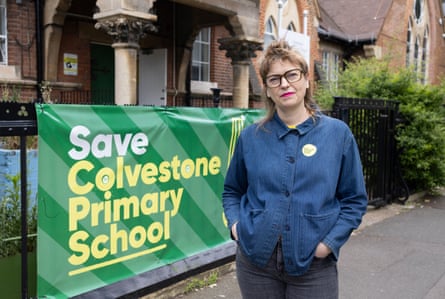
Helen James sent all three of her children to the school and has been part of a campaign to save it. While she acknowledges falling birthrates have contributed to smaller class sizes – the Economist called the Hackney trend a “baby bust” with the primary school population due to shrink by 7.3% in the next five years – she believes the area is increasingly being made unaffordable for families.
“We haven’t put in plans to keep families here, there’s been no investment in local family housing,” she says. “People couple up, have a kid and they can’t afford to stay here. We’re going to end up in a space where Hackney has no children. This is not purely down to falling birthrates, it’s about supporting your local community.”
James praises Abbott, who she says supported the campaign, but elsewhere in Hackney North other issues are looming.
On Chatsworth Road in Clapton, at the eastern edge of Abbott’s patch, gentrification has already very much happened. The road is lined by business including half a dozen coffee shops, French restaurants and a dog shampooing service.
Unlike the shopkeepers on Ridley Road, the issues here are not about the cost of living but instead the health of services such as the NHS.
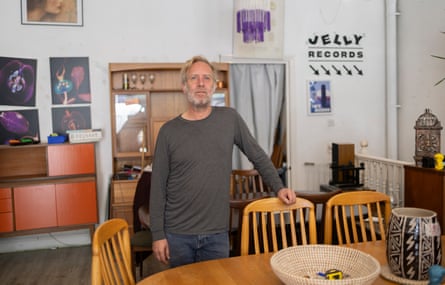
Tim Sanderson, the owner of a mid-century furniture shop called Sweet Interiors, is confident of a Labour win and that victory will bring about a slow improvement in living standards.
“I know what they’ll do and in six or seven years you’ll see fewer homeless people on the street, the NHS will be better off, my children’s school will have more teachers,” he said. “They will inherit an atrocious balance sheet, though.”
Sam Miller, an artist who worked in Pentonville prison and psychiatric hospitals for more than two decades, says the NHS is the biggest motivator for her at this election. “We’re allowing [the NHS] to be defunded. We’ve damaged it beyond the basic resuscitation and everyone’s claiming they value it and support it and they’re not.”
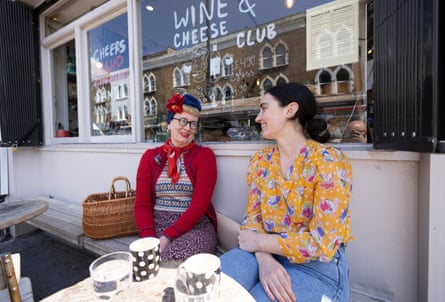
She is voting Labour, primarily to support Abbott, calling the party “the least worst option”. And that sense of disillusionment is easy to find elsewhere on Chatsworth Road.
Dominic, a barista at 46b Espresso Hut, says he has been alarmed by the number of leftwing Labour politicians who have been marginalised by the party. It is giving him second thoughts. “I don’t know at the moment, I haven’t decided yet,” he says about how he will cast his ballot. “I may not vote.”
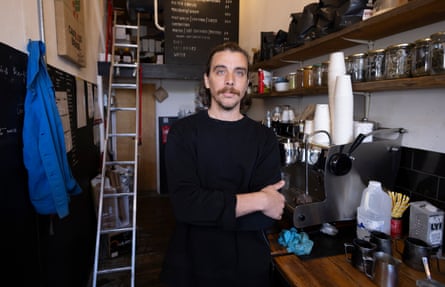
Weaver believes the power of black voters in Hackney and beyond might not be felt this election cycle. But, he says, the Abbott row has ignited an awareness – particularly among younger black voters – that they have clout and that some political parties appear to be taking them for granted.
“There’s been an awakening, but we might not feel it during this election,” he said. “It’ll be in the medium to long term as black voters realise they can have a big impact.”